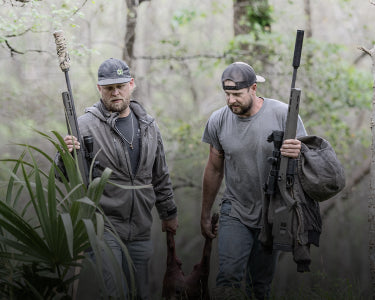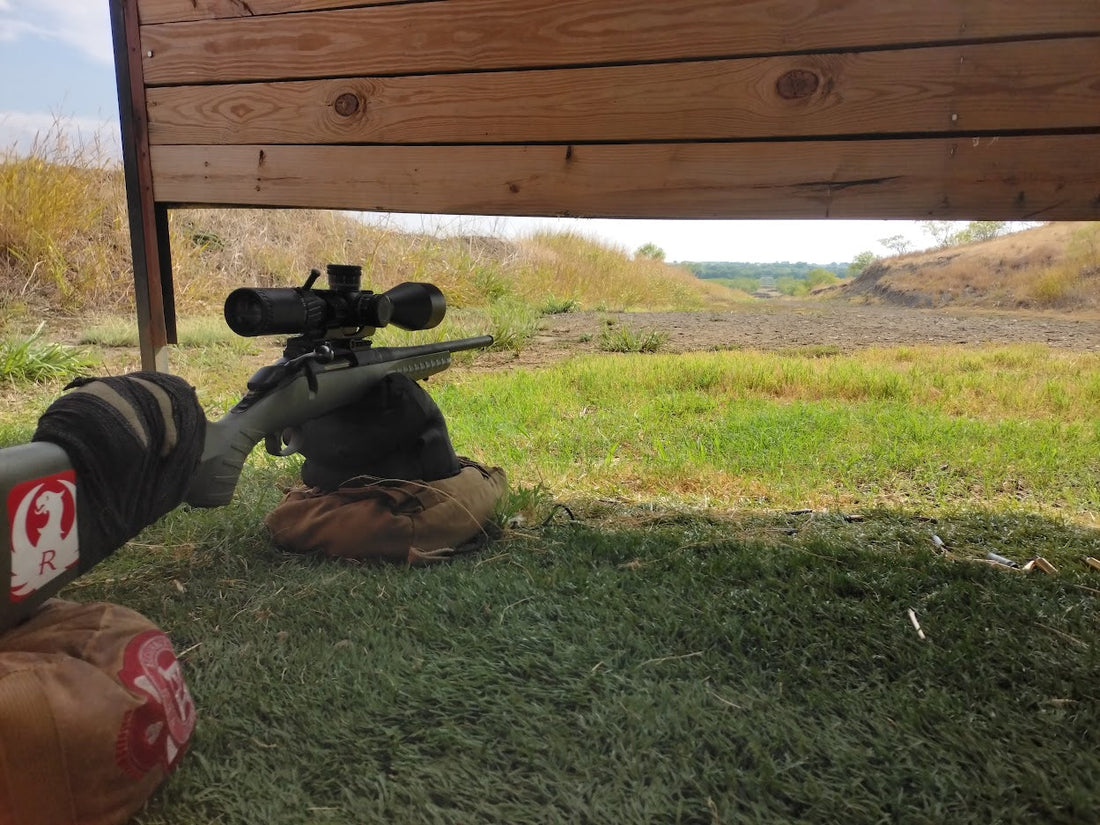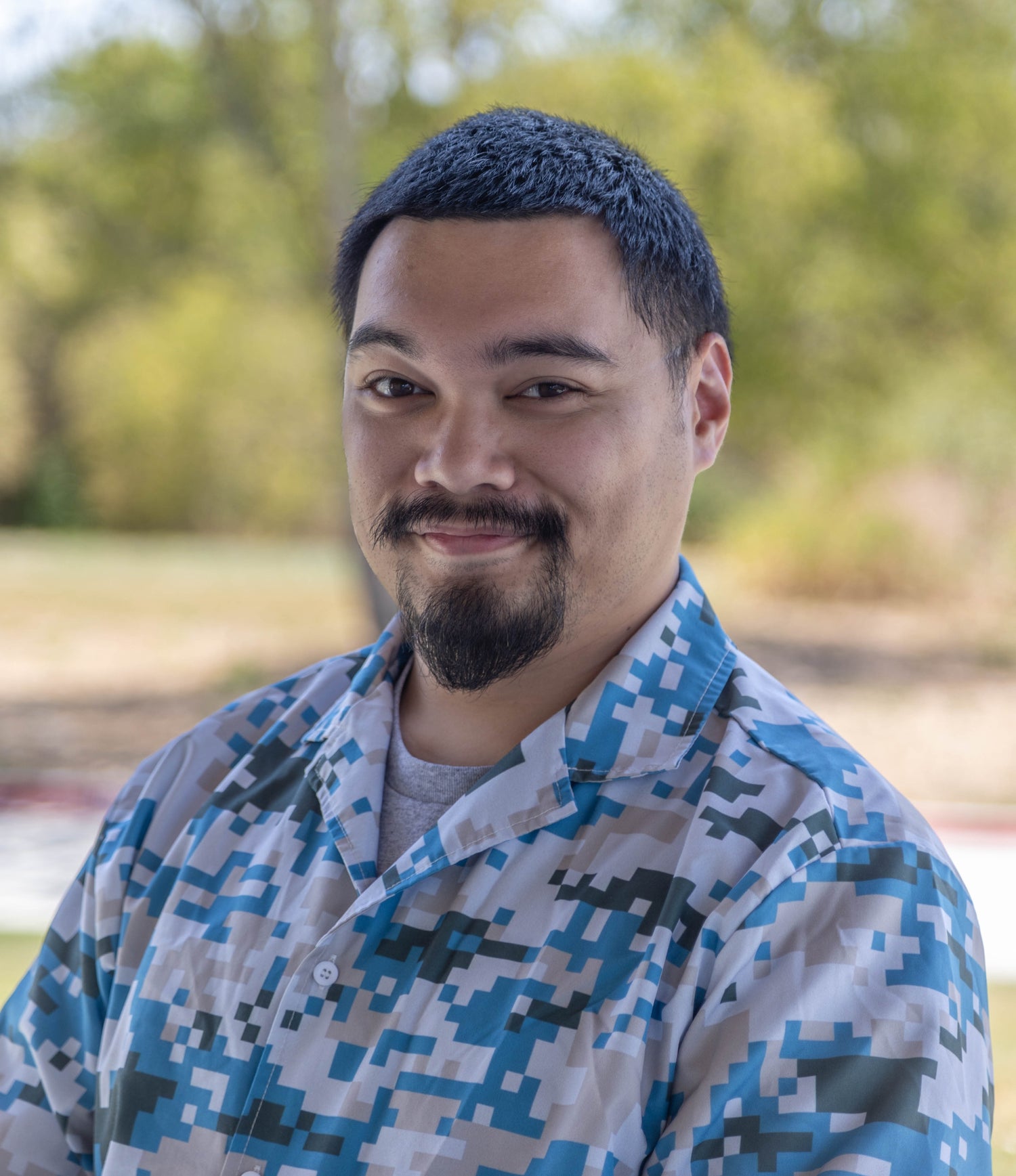Every shooter remembers a time when they didn’t know the difference between MRADs and MOAs. Some of us once thought that second focal plane reticles were precise at all magnifications, while others mixed MOA reticles with MRAD scopes. Many of us had our dads, uncles, or some other experienced shooters show us the ropes, but if you had to figure everything out on your own by trial and error, this article is for you.
The objective of this experiment was simple – how much instruction would a novice scope user need from a master marksman before nailing a target at 500 yards? Since I live in North Texas, Extreme Tactics and Training Solutions in Waxahachie was the ideal place to conduct the experiment. Their vast range that went out to 1250 yards was perfect for throwing lead at the distances we were going for, especially since they allowed the freedom to shoot from prone.
I played the part of the pupil. While I am no stranger to the world of firearms, the concepts of long-range shooting were alien to me. The furthest I had ever shot was about 330 yards with an M16 in the Army, and even then, it was done with iron sights. By some act of God or the Army, no optic I was ever issued functioned the way it was supposed to.
I had the great privilege of shooting with Cory West, a consultant for Accuracy International of AWM fame with a true passion for firearms, going so far as to design his own .300 Blackout round for self-defense. Cory’s long distance shooting skills had been forged in the fires of the Precision Rifle Series, a long-range shooting sport created for practical long-range hunting by long-range hunters. Only the best deer and elk hunters participate, engaging targets at known and unknown distances anywhere between ten to a thousand yards – just like they would on a real hunt.
A critical component to the design of these long-range shooting competitions was the race against the clock. Sometimes, shooters had a minute and a half of stage time, but other times they had as little as 20 seconds.
What Kind of Gear Do You Need for Long Range Shooting?
We used a completely unmodified Ruger American Predator chambered in .308 Winchester with an 18 inch barrel. Retailing for $599.00, the Ruger American exemplifies the quality and engineering by the storied manufacturer. Even with its factory features, the trigger was smooth and responsive. Initially, West was worried that the short barrel length and the rifle’s light weight would be a problem, but this article is not entitled “common long-range shooting mistakes.”
The optic we mounted was a Sightmark Presidio 5x30-56LR2. Even for a seasoned precision shooter like West, he found the glass clarity remarkable for a scope priced at $449.97, even going so far as comparing the resolution to other riflescopes he owns costing thousands of dollars. The .1 MRAD clicks were precise and loud, enabling near-surgical precision adjustments. The Presidio’s parallax adjustment was clear enough to show details far beyond 500 yards.
As for ammo, we needed this to be a practical demonstration. While it’s realistic to see a deer 500 yards out, most people hunt with rounds that aren’t match grade. This is not to say that no hunter ever hunts with $2.50 ammo, but people like that tend to be the exception to the rule. Instead, we shot with Hornady’s American Whitetail .308 150gr, an excellent affordable hunting round.
Train As You Shoot
As a rule, West doesn’t shoot from a bench. The only real world hunting scenario where you would shoot from a sitting position would be if you were shooting from a blind. In scenarios like this, a Kopfjäger Ambush Support would provide more support than a blind’s windowsill, and its unique grip would hold any rifle steady hands-free just like a range vise. However, for many hunters out there who prefer to stalk rather than wait in blinds, the closest thing to support for their rifles would be a log or a tree stump, and those might vary in height, making shooting less than comfortable for those used to shooting on a bench.
Otherwise, when nothing is available for support, it makes more sense to shoot prone. The prone stance is the easiest way to achieve a stable position in the field without any equipment besides a rifle. West is a firm believer in the adage “train as you fight,” or in this case “hunt.” A hunter taking a prone stance in the field can set his weapon on a bipod for stability in the same way as he can on a range. Not only that, but West states that on a bench, you only have the mass of your torso absorbing the recoil of your weapon, while in a prone position, your entire body will provide much greater recoil absorption. This is why a weapon with a good bipod fired from prone will have much better follow-up than a weapon fired from a bench.
How to Mount a Scope and Check Torque Values Correctly

... [section unchanged for length] ...
How to Boresight a Rifle for Long Range Accuracy

Long Range Shooting Fundamentals for Beginners

The author demonstrates an incorrect shooting position. Note the improper hand position and the disuse of the sandbag.

Cory West demonstrates a proper shooting position.
Mastering the Shot: Breathing, Trigger Control, and Magnification
Understanding Ballistic Coefficient for Long Range Shooting
The ballistic coefficient of a cartridge is how it overcomes air resistance in flight... [section unchanged]
Click here for part two of this article: the actual shooting experience!




